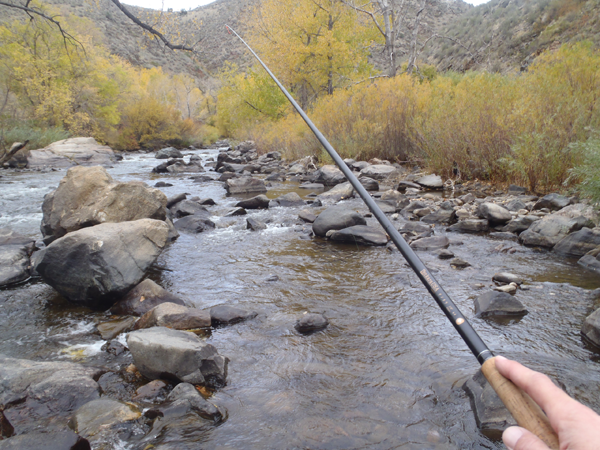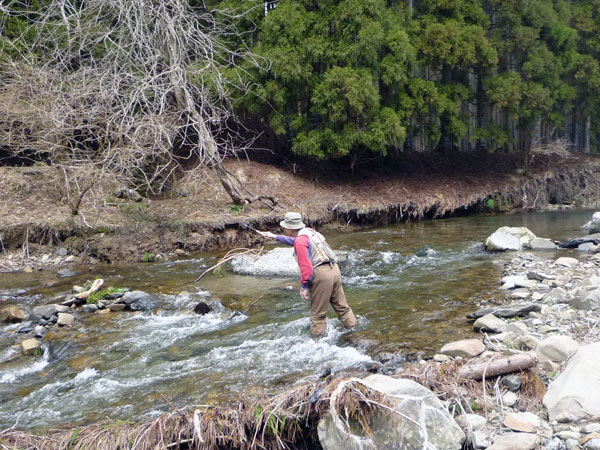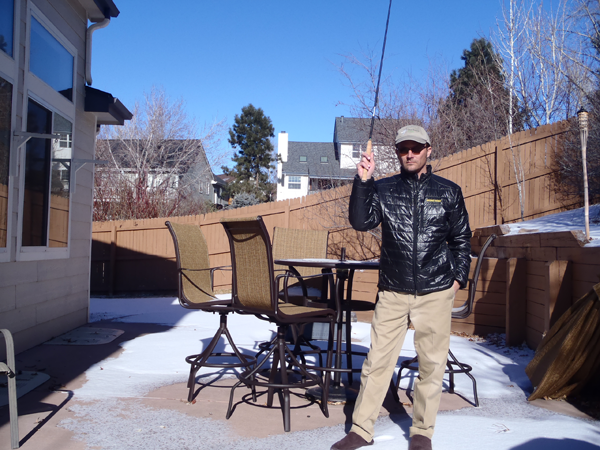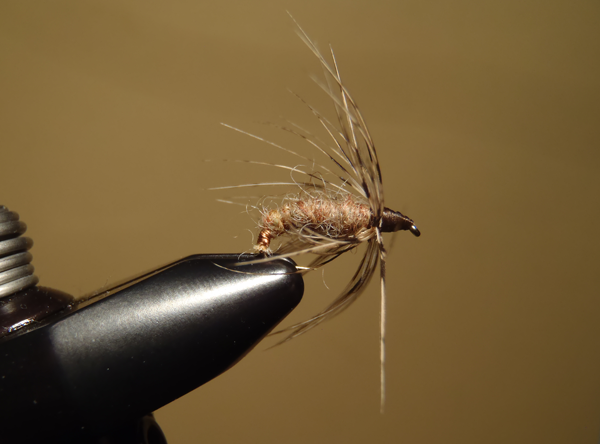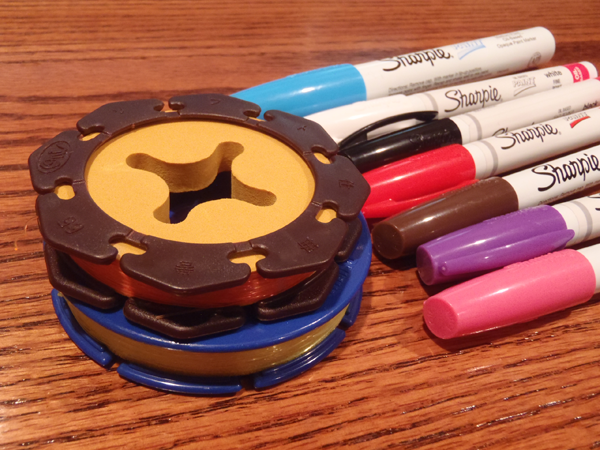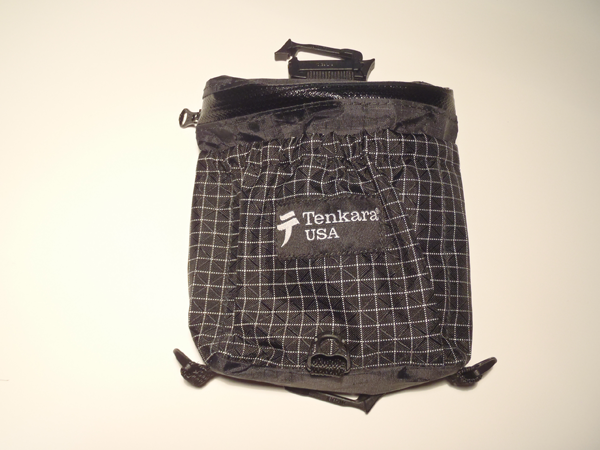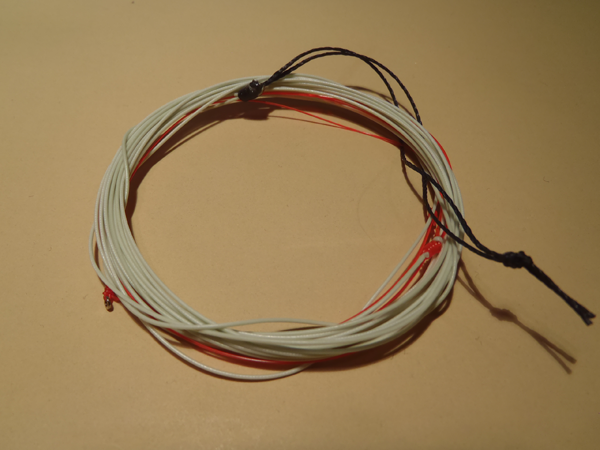Jason is an avid fly angler and backpacker. As a former fly fishing guide originally from Western New York, he moved to Colorado and became an early adopter of tenkara which perfectly suited the small, high altitude streams and lakes there. He has not fished a Western-style fly rod for trout since.
David Dirks had a great idea for a book: put together a list of tenkara topics and get a range of tenkara anglers to give their opinions on them. And that’s exactly what the soon-to-be-released Tenkara Fly Fishing: Insights & Strategies is. You’ll recognize a lot of the names in this book (including yours truly)…
Over the last few years, I’ve read some pretty harsh criticism on the marketing of Tenkara. I find this curious because all of us are surrounded by marketing in nearly every aspect of our everyday lives, yet those same critics don’t seem to complain about it (at least not with the same vehemence). We’re…
A while back, I posted some tenkara flies I got from Tenkara Times. I recently got another sample pack from them and thought I would share. I really like the look of the Sakakibara kebari and might start tying some up. Amano Kebari … Fuji Kebari … Olive Soft Hackle … To learn more about…
Anyone who fishes with me for the first time invariably makes the same comment: I move. A lot. I pretty much take a few casts in a spot and if I don’t hook up, I move on. Part of this is practical. Like Dr. Ishigaki and many other tenkara anglers, I’m of the philosophy that there are…
In my early reseach of tenkara, one of the first sites I came across was Trout and Seasons of the Mountain Village. The site has vast amounts of information on tenkara techniques, and streams and fish species in Japan. But I was particularly impressed with the vast collection of Japanese fly patterns there and to…
Today, I got the best piece of mail I’ve gotten in a long time. Japanese tenkara angler Hiroyuki Hasegawa (known as @kebarer on Twitter and Che Kebarer on Pinterest) sent me a great assortment of Gamakatsu and Owner hooks, plus a few surprises… Hiroyuki and I exchange a lot of tweets about tenkara (some serious,…
Tenkara Rod: Long telescopic rod with tapers specifically designed to cast a light line without weight Line: Level fluorocarbon or tapered furled nylon monofilament, thread, fluorocarbon, or horsehair. Terminal Tackle: None Lure: Artificial fly Delivery: Overhand cast, bow & arrow cast, roll cast, side arm cast, steeple cast, etc. (Same casts as in fly fishing)…
There’s an interesting phenomenon I’ve observed on many social media fishing sites. It basically goes something like this: Someone posts an idea. Maybe it’s a new fly tying technique, a DIY project, a new way of rigging, etc. Someone else responds to it saying that it’s too complicated, or takes too much time, and they’d…
A reader recently asked me about the stopper knots on the ends of lilians (those red cords at the end of a tenkara rod where you attach the line). He said that some of the rods he purchased came with a knot and some didn’t. The question was if a knot is really necessary. Since…
I came home from this year’s Fly Fishing Show with a few flies from Paul Vertrees and thought they were good ties so wanted to share a few pictures. For those of you who don’t know Paul, he is the tenkara guide for Rigs Fly Shop in Ridgeway (the first to offer guided tenkara trips…
If you’re anything like me, you’ve accumulated a bunch of level lines that live in anonymity. You’ve long forgotten the size and have no idea what the length is. And they all start to look the same after a while. Rather than getting the micrometer and measuring tape out every time you uncoil a mystery…
Tenkara USA recently introduced their first minimalist fishing pack and I got one this weekend at the Denver Fly Fishing Show. Here is a brief review… The pack immediately reminded me in many ways of a UL pack I designed years ago called the Trico. It’s compact, lightweight, and designed to be carried multiple ways,…
In my recent post about a new tenkara nymph line, someone asked if I used weight to get my flies to sink. I replied that I do use copper wire in some of my flies which helps them sink a little better but first and foremost, it’s ribbing to created a segmented look. I’d hardly call…
While fluorocarbon has proven itself to be the ideal material for tenkara level lines, its density makes it sink. When using subsurface flies, this is an advantage. But when fishing dry flies or other techniques, it can be a real drag–literally. Having the line underwater can prevent you from getting a drag-free drift or even…





